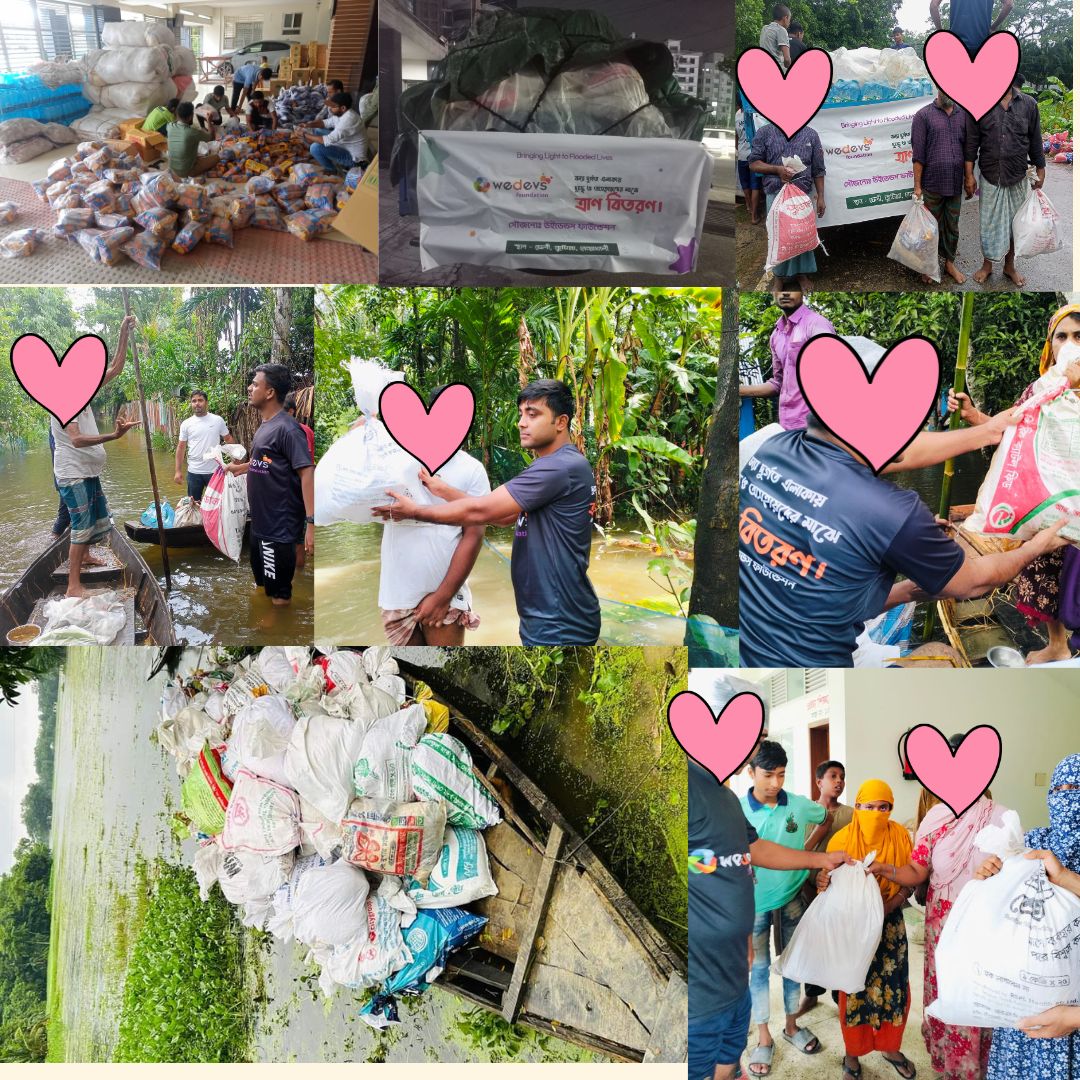
Emergency Assistance
"The Emergency Assistance Program is designed to provide critical support to individuals and families facing financial crises due to natural disasters such as floods and earthquakes. When disaster strikes, many people are left struggling to meet their basic needs. Our program offers immediate aid in the form of essential food, financial assistance, and access to services such as rent, utilities, clothing, transportation, and medical care. These short-term interventions are crucial for helping people rebuild their lives after emergencies. To date, we have provided much-needed support to over 600 flood-affected individuals and families, and our efforts continue as we work tirelessly to ensure that no one is left behind in times of crisis."
Goals:
- Expand Emergency Response Capacity: Increase the number of beneficiaries, aiming to provide emergency assistance to at least 1,200 individuals and families affected by natural disasters over the next two years.
- Build a Disaster Relief Network: Establish partnerships with local and international organizations to create a robust disaster relief network, allowing for quicker and more efficient mobilization of resources in times of crisis.
- Broaden the Scope of Assistance: Extend the range of services offered to include temporary housing, mental health support, and legal aid for disaster victims, ensuring comprehensive care during recovery.
- Focus on Disaster Preparedness: Launch a disaster preparedness program in high-risk areas, educating communities on how to protect themselves and their assets, while also training volunteers to respond effectively in emergencies.
Future Plans:
- Create a Disaster Relief Fund: Establish a dedicated disaster relief fund to ensure immediate financial assistance is available when natural disasters occur, reducing delays in delivering aid to affected individuals and families.
- Long-Term Recovery Support: Develop long-term recovery programs that help disaster victims rebuild their homes, regain employment, and access healthcare, focusing on sustainable recovery beyond immediate relief efforts.
- Mobile Response Units: Deploy mobile response units equipped with essential supplies, such as food, clothing, water, and medical kits, to quickly reach affected areas, particularly in remote or hard-to-access regions.
- Disaster Risk Reduction Campaigns: Implement community-based disaster risk reduction initiatives, including flood-resistant infrastructure projects, early warning systems, and emergency drills to minimize the impact of future disasters.
Emergency Relief in Times of Crisis
Providing vital food, financial aid, and essential services to families affected by natural disasters like floods and earthquakes, helping them rebuild their lives.

